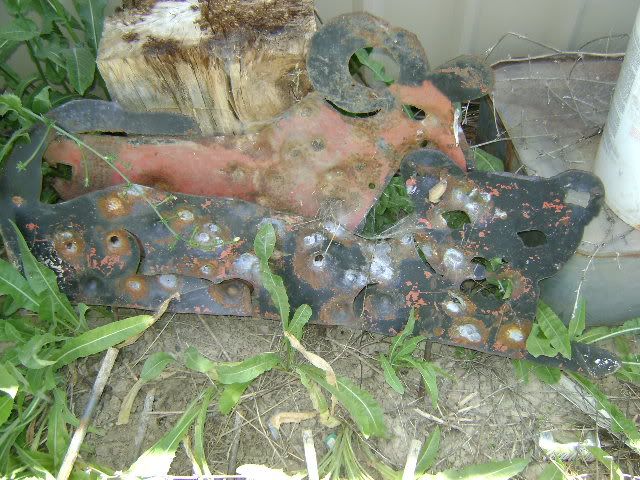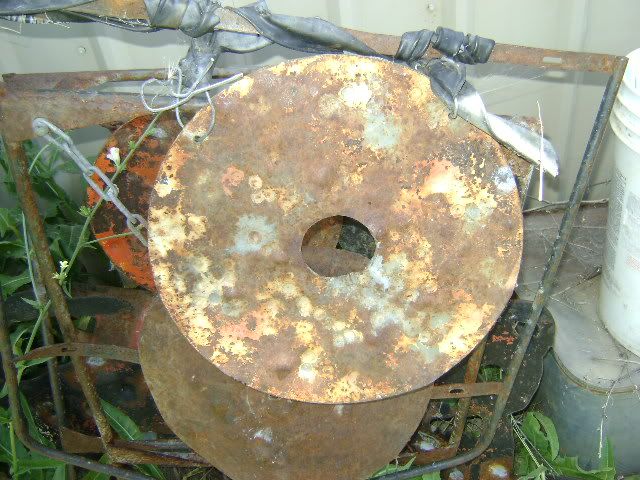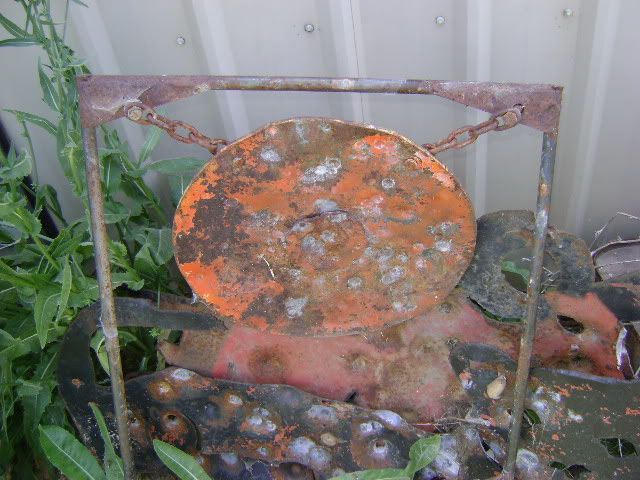ahhh yes , yes and yes .
In fact in the mid 1990's i was part of alot of tests to judge penetration test using RB and soft lead conical
We use ballistic jell which is the accepted way to judge penetration on tissue
You can make your own
Now why did we do this . Well basically at that time it was a fight as to how much energy a RB needed at a given distance so as to be adequate to make a clean kill . IE having enough energy to get into the hart and lungs at a given distance .
My opinion at the time was that even at 200 yards a PRB would penetrate substantially.
I basted this opinion on what I saw in damage concerning 200+ yard steel targets with 80 to 100 grains of powder . This link will help you make a jell
ORDNANCE GELATIN
http://www.firearmstactical.com/tactica ... ticle1.htm What I used was the above recipe but use two 8 oz. boxes of plain Knox gelatin off the supermarket shelf. should cost you around 10bucks .
used a basic formula of one pound of gelatin powder to one gallon of water. mix your gelatin in two batches using 8 oz. of powder and 2 quarts of water. After measuring out the cold water, added the gelatin powder all at once. stirred the powder in carefully, trying to moisten all of the granules without adding too much air. The mixture should be about like mashed potatoes .
set the gel mixture in the refrigerator to chill and hydrate (a process known as “blooming”) for two hours. then set the gelatin over a pan of water “ or double boiler and heated it until its melted.
Use a candy thermometer to make sure the gelatin mixture does not get hotter than 130 degrees.
While its melting stirred carefully ,you don’t want air to get trapped in the gelatin block .
Now prepare your mould . You need a release of some kind or you can use warm water to pop the jell from the mould . In our tests we simply used 2 large salad bowls . Inside each , we lightly coated with Pam non stick spray . This aloud the gelatin to pop out nicely .
On one of our tests we also used a cardboard box lined with 3 plastic bags , one inside the other . This worked good and we were able to simple pull the box and plastic off the jell . But the wife wasn’t to happy with me taking racks out of the frig . LMAO I forgot and left the milk on the counter ..
Now if your going to place bones in the mould IE a shoulder bone , then now is the time to do it . Set it about an inch to 2 inches inside the edge of the mould . Be sure to suport it so it stays in that location tell things are set up
Set the jell in the frig for 24 to 36 hours . You want it set up , all the way through .
When that’s done , get your camp cooler . You going to need to keep the stuff cool on the way to the field . Also keep it cool tell your ready to shoot it . If it’s a hot day , it will start to get runny . Not good for your tests
Now the neat thing here is that when your done , you can re use it …Simply heat it back up , being careful not to get over the 130 deg mark . If you have buts of dirt , bark and grass in it as we did just pour it through a cheese cloth strainer then re cool . It will last along time and give you lots of shooting .
Some of the things we tested with this set up was the difference between hard and soft balls IE wheel weights and soft lead.
We also tested the differences in different conical . IE how the different shapes were effected
Also we tested different calibers , different charges and the resulting wound channels .
Later these same test were again duplicated using certified ballistics’ jell and complied with field data from actual harvests obtained through and with cooperation from the Idaho department of fish and game . Done completely by another individual .
Now I wrote this on another board but I think it needs said here to give folks some idea of the context and why I thought as I did at the time
to reasons IMO we see what we do .
1) the choice of bullet
2) the distance
see at 5 yards , with a rifle , you have a VERY high Velocity . when the bullet hits , it cant hold together . now thats depending on the bullet design .
the other reason a RB will poke a hole at 150 yards is whats call density and distribution of energy .
See if we go back to the roundball , place that 1/8 target at 150 but let it swing free , you seldom get complet pass through .
But if that same target is mounted on a stand so as its rigid , then the bullet will force its way through .
The reason for that is the steal itself ..
If you really want to be confused , load a 45 cal up with 90 grains of powder and mount a 3/8 steel plate at 100 yards
Then make the same shot with a 54 or 62 but using 80 grains of powder .
Go to the back side of the target and look at what round distorted the steel the most . What you will find is that the little 45 , just about pushes its way through . But the 54 and 60 just leaves a nice dent .
Now ask yourself which round carried the most energy , the 45 , 54 or 62 ?
If you said the 62 , you would be right . See the reason for this is the 45’s energy is contained to a smaller area upon contact . Where the energy of the larger rounds is displaced over a larger area .
But comparing energies on steel , is not directly related to a target such as an animal .
It took some time for me to understand this .
This is also one of the big problems I have with conical manufactures that like to tout energies . They get those energies from mathematics as well as measurement taken from steel impacts .
However , that doesn’t mean that , that is how much energy a conical delivers. It only means that’s what it carries .
See inorder to diliver all that energy , the projectile must come to a complete stop . if it goes through , that means it still carring energy that has not been completely spent on the target .
But what happens on a soft target , is that you have not only resistance but also drag . This is all added to a soft materials ability to disperse that energy quickly away from impact like ripples on a pond or a 4X4 hitting a mud hole , things slow very quickly ,.
As I said , archers already know this and use it in everything from their practice targets right down to designs for their hunting broad heads .
Now here is two targets I had out behind my shop .
These fist two are 1/8 steel . These were and are our 100 and 200 yard targets
the ram was my deminstration targets from the 1990's .
notice it has 2 clear holes . the distorted one is from a 50 cal and the clean one a 45 cal RB
this was shot with a CVA hawkens 50 cal using max loads of 110 grains and a 45 cal CVA kentuck with a max load of 90 grains

now i wish i still had the photos of those rounds fired into BJ . but i dont . while the shots were real impressive on steel ,, they were no where impressive when fired into jell .
now here our current targets we use for 25-100 yards . they made of 1/4 inch steel .
now notice the very clear and well defined dimples . the deep ones are 45 cal . you can actualy measure the balls impact .. the bigger the ball the less the depth " concisdering heavy 45 loads comparied to 80-100 grain 54 and 60 loads . again the reason for this is that the larger round distributes its energy more broadly over the area of the steel

now here is our clubs current 150 and 200 yard targets 1/4 inch steel





